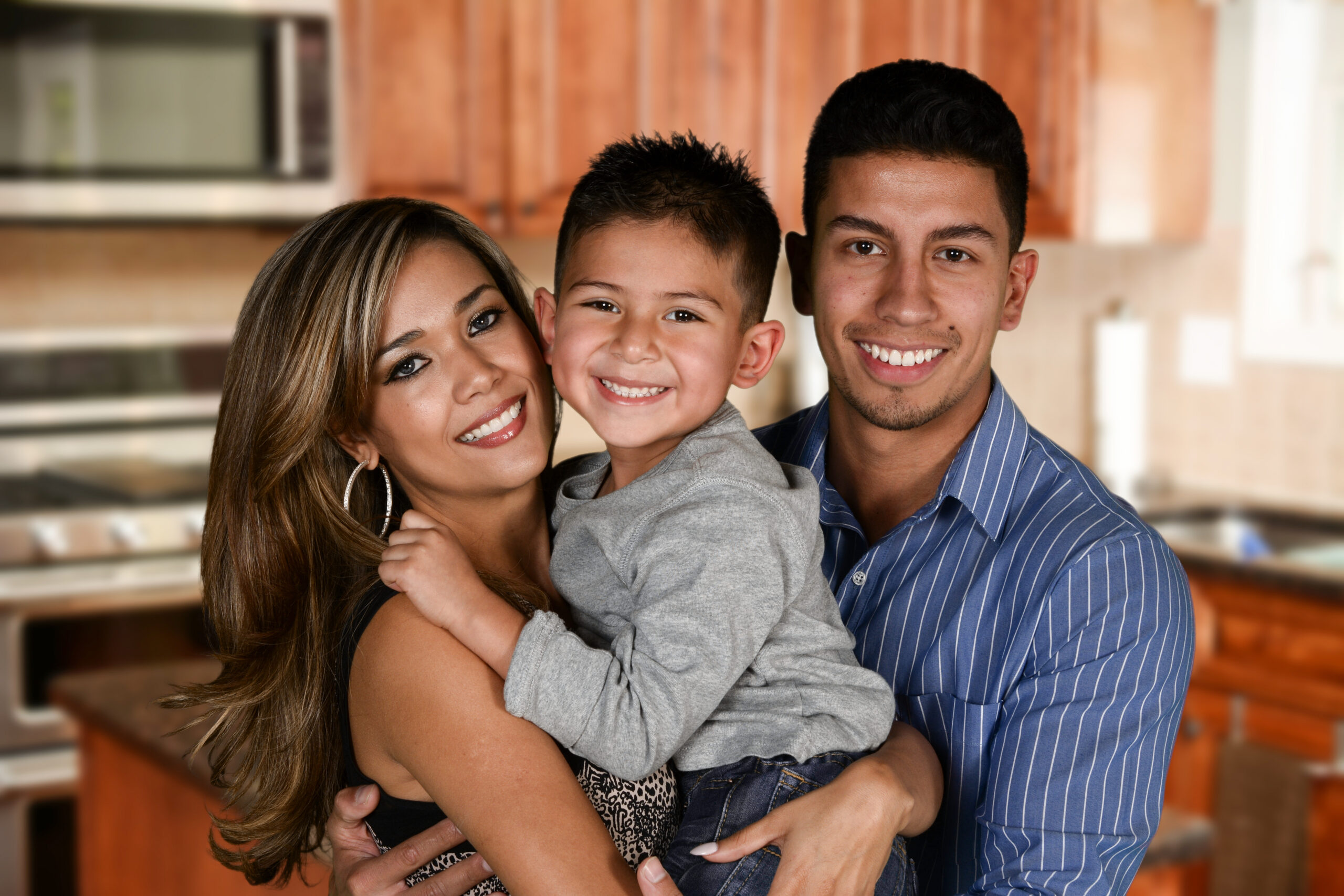Thousands of children ingest high levels of lead, primarily from the dust in their homes. The effects of this powerful neurotoxin on a child’s cognitive and behavioral development are far-reaching and costly. But this threat can be eliminated at a reasonable cost. Below are some frequently asked questions.
Abatement in New Jersey means two different things. Abatement projects are determined by the Department of Health based on rules in NJAC 8:31, the NJ Childhood Lead Poisoning code. Owners of properties where children have received blood tests that show an elevated level of lead in their blood are issued a Notice of Violation (NOV). An NOV is based on a lead hazard evaluation conducted by DOH personnel that details of the locations and concentration of lead-based paint in their units. Each component with lead-based paint is considered a “violation”. Owners are required to remove or “abate” these lead hazards within 30 days or receive possible sanctions of $11,000 per violation. Abatement methods are those used to permanently remove lead-based paint hazards. Methods include removing and replacing components (i.e. windows & doors), or covering large surfaces including walls, ceilings, & exposed soil (i.e. remove and replace soil or pave-over) to ensure property is free of all traces of lead.
Simply put, lead remediation projects are lead hazard control projects where there is not a Notice of Violation. Where lead abatement projects require the use of a certified NJ Lead Contractor, remediations can be done by contractors and workers who have taken the EPA’s Renovation, Repair and Painting course and have become a Certified RRP Firm. Remediation projects can involve things like removing and replacing windows, doors and other friction or impact surfaces. It can also involve stabilizing deteriorated lead paint and using a special encapsulation paint on non-impact surfaces like window and door trim, to keep lead dust from the environment. Often referred to as interim controls, these are fixes intended to make dwellings lead−safe by temporarily controlling lead−based paint hazards. Often these temporary fixes can be long-term fixes if lead-based paint is properly maintained so that it is not exposed to the environment.
Lead Hazard Reduction is measures designed to reduce or eliminate human exposure to lead-based paint hazards through methods including interim controls and abatement.
Lead evaluation means a surface-by-surface investigation to determine the presence and condition of lead-based paint. This work is performed by a NJ certified Lead Evaluation Contractor.
Lead Clearance is the examination that determines your property to be lead safe. Clearance involves a visual inspection of painted surfaces to make sure that they are smooth and cleanable and collection of lead dust samples to ensure levels of lead dust are below applicable standards.
Lead-Safe Work Practices provide those performing remodeling tasks in homes built before 1978 with guidelines on procedures they should be using to prevent creating a lead hazard by disturbing lead-based paint. Lead-Safe work practices involve containing work areas with heavy plastic, covering floor and other room items with plastic, and using methods of paint stabilization that does not involve creating dust. This might include wet sanding, chemical stripping or using a low heat gun to loosen paint prior to refinishing.
The New Jersey Department of Community Affairs runs lead programs aimed at assisting income eligible occupants in remediating and/or abating lead-based paint hazards in pre-1978 one to four-family family residential units.
Effective July 22, 2022, New Jersey requires lead paint inspections (visual &/or dust wipes) for all targeted rental units built before 1978, at the next turnover.
A risk assessment determines if there are any lead hazards, such as deteriorated lead-based paint, lead dust, and what actions to take to address these hazards. A LIRA involves using an XRF gun on all painted surfaces to determine the presence and quantity of lead in paint, dust sampling of areas where children sleep or play and a detailed drawing of each level of the unit. A Risk Assessment is completed by a Certified Lead Inspector.



